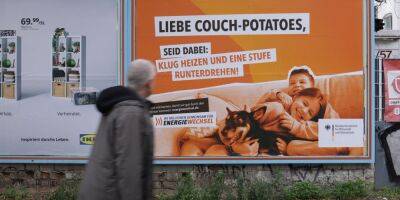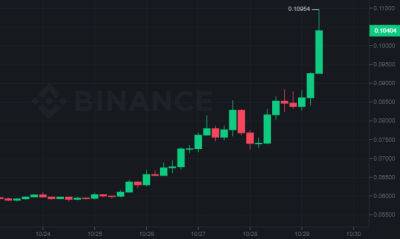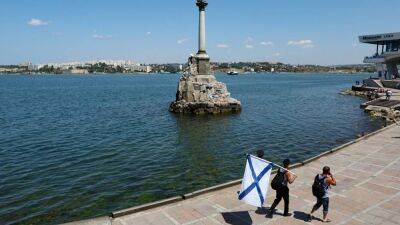Light fantastic: BP’s solar venture launches biggest UK project yet
“He’s scaring me now,” laughs Mark Davis, as a menacing-looking ram takes a step towards him from underneath an angled solar panel. The burly operations manager is touring Manor Farm near Leighton Buzzard in Bedfordshire, where sheep are using the solar arrays for shade and a remote-controlled cleaning robot with the appearance of a mini tank steadily sloshes water down the panels.
A persistent hairdryer-like hum comes from the huge boxy green inverter, which converts the direct current electricity that the panels generate to the alternating current used by the electrical grid. This is one of about 270 solar farms that have been developed by Lightsource BP in the UK.
The company – a joint venture between its founder, Nick Boyle, and the oil supermajor BP – is, by some measures, the world’s largest solar developer. It is an industry in the spotlight amid a push for energy security, an increase in consumer demand and a row over the use of land. Against this backdrop, Lightsource BP is pursuing an aggressive global expansion plan – it will be present in 20 countries by the end of the year – and, the Guardian can reveal, has just pushed the button on its largest UK project to date.
Construction will begin at the vast Tiln Farm development in Nottinghamshire next month. When complete, it will have a maximum output of 61 megawatts of power. The development is part of plans to increase Lightsource’s near-6MW output to 25GW by 2025 – or enough to power 19m homes – revised up from an original target of 10GW by 2024. Its many projects include the sprawling Woolooga scheme in north-east Australia and Europe’s largest floating solar farm on the Queen Elizabeth II reservoir south-west of London. In the long term, it has 55GW in its
Read more on theguardian.com

 theguardian.com
theguardian.com















